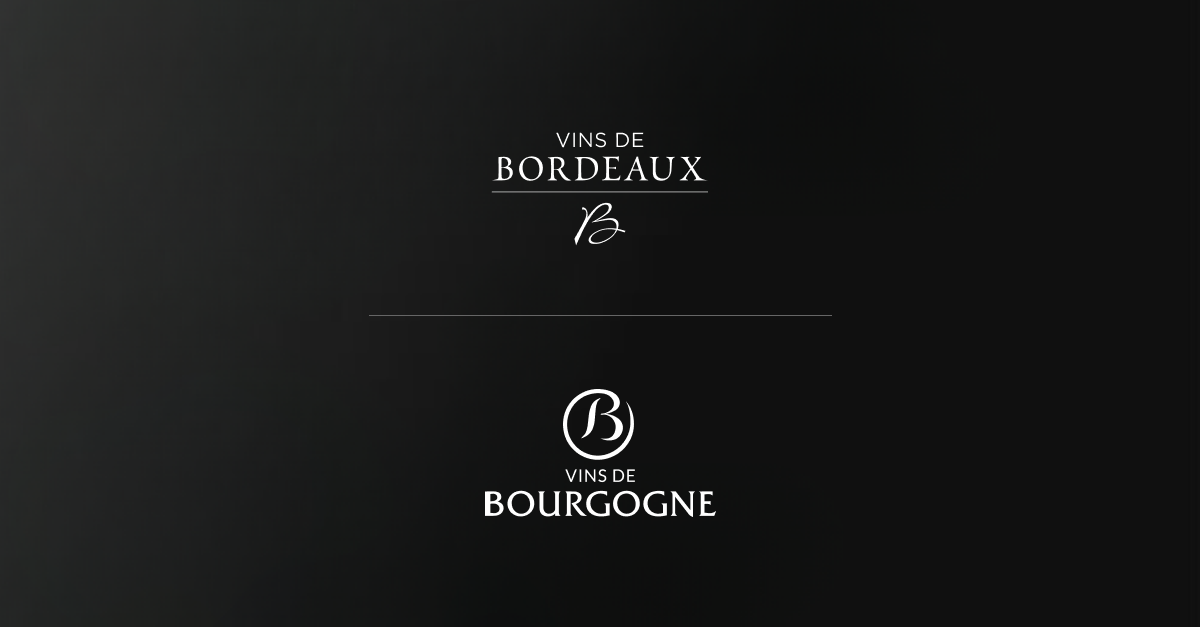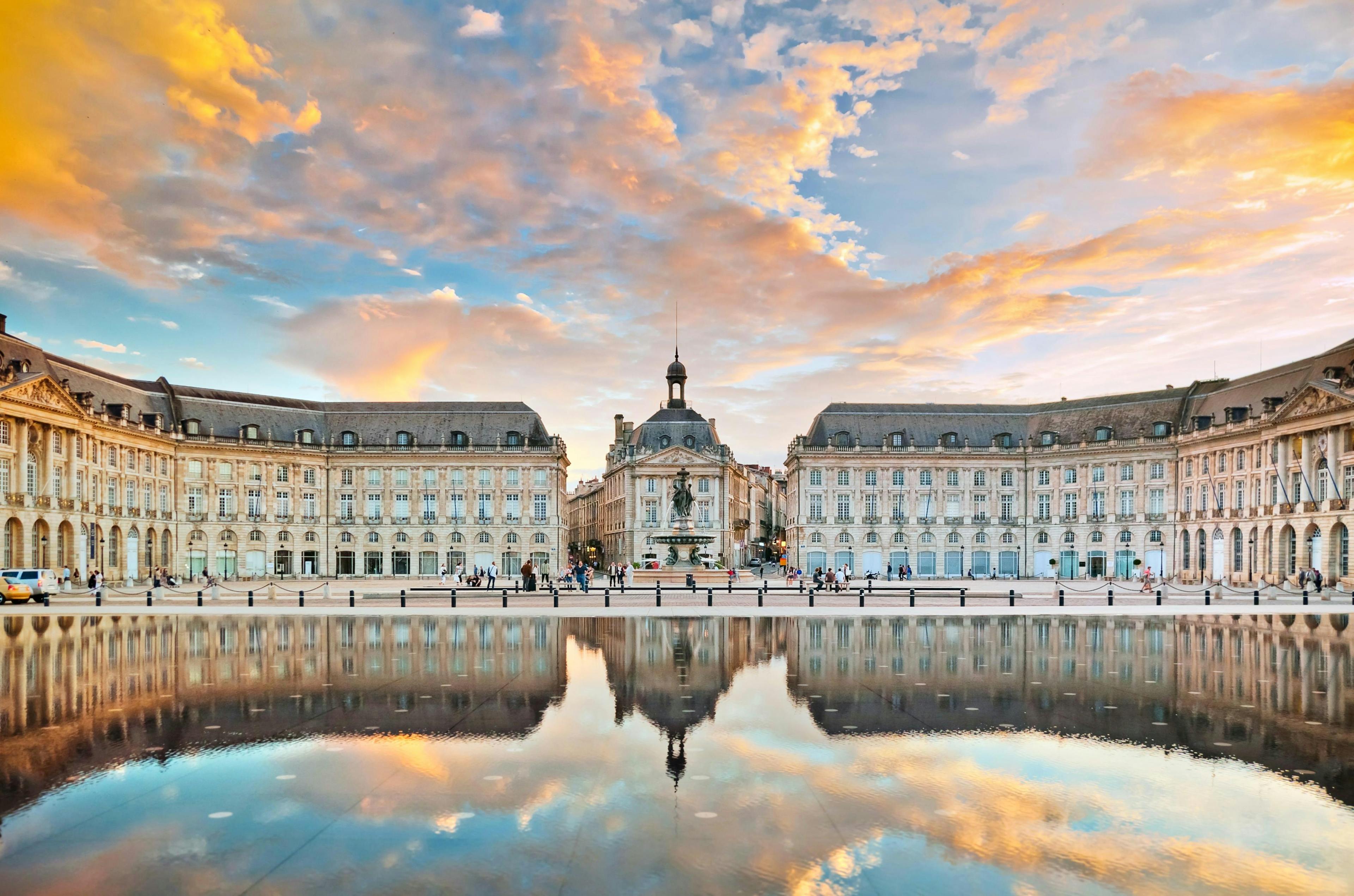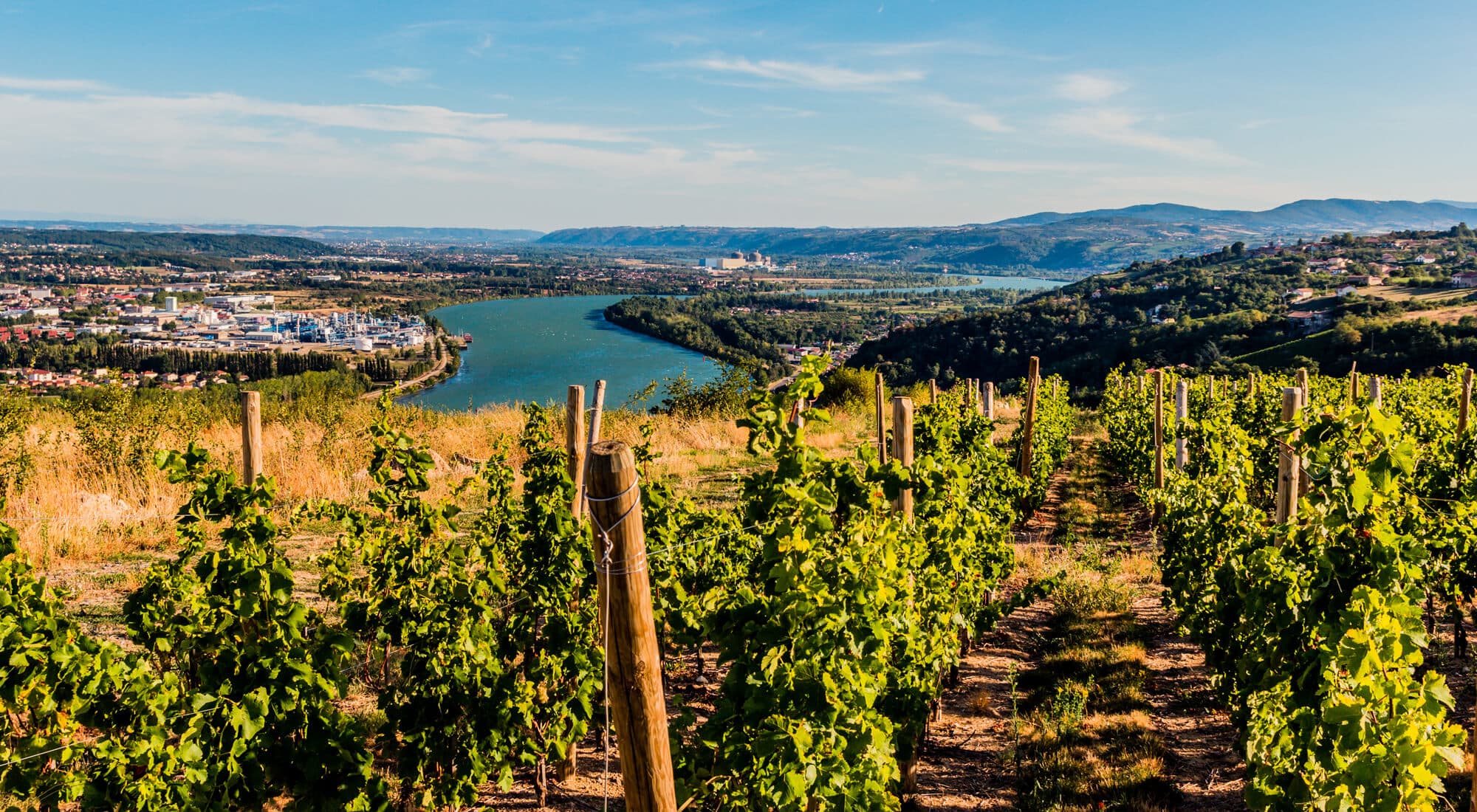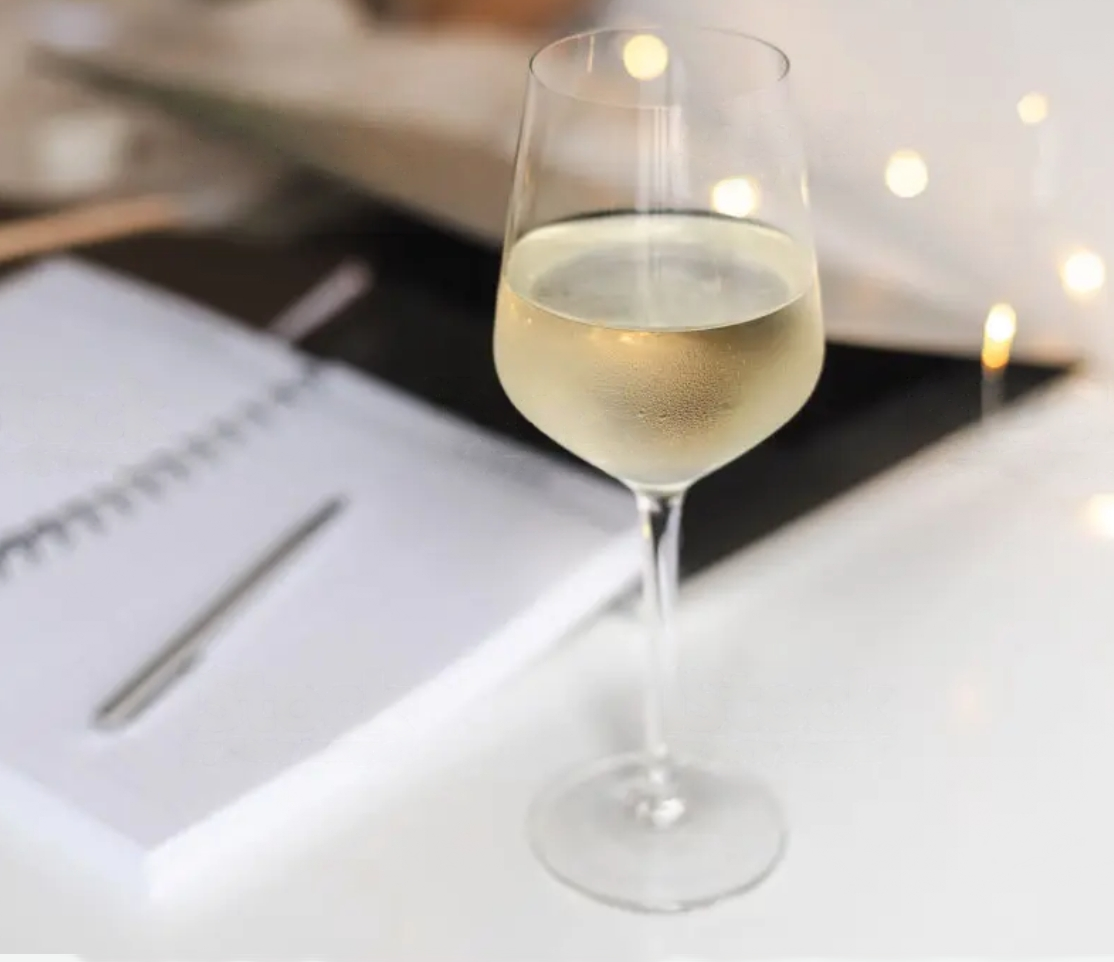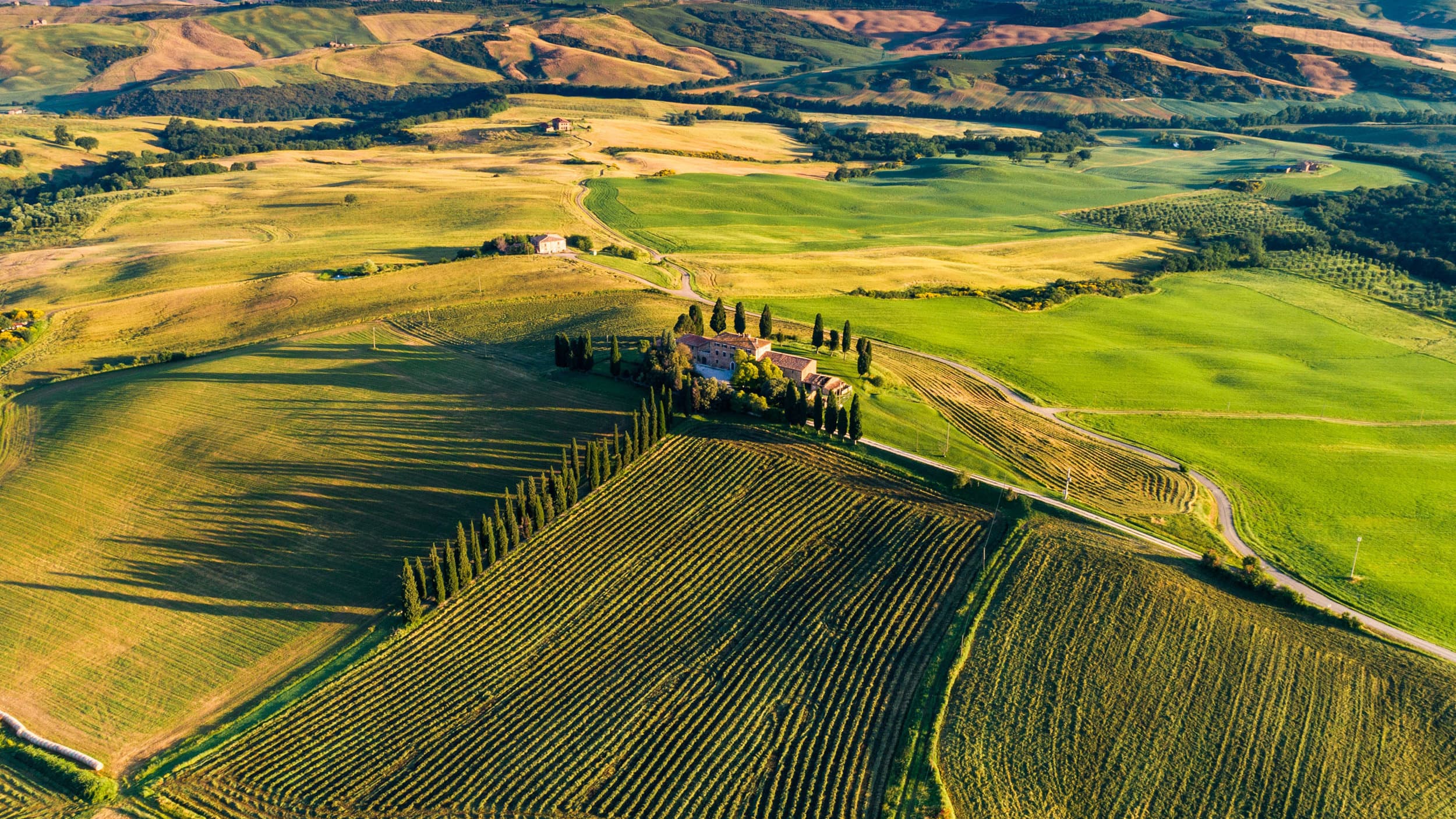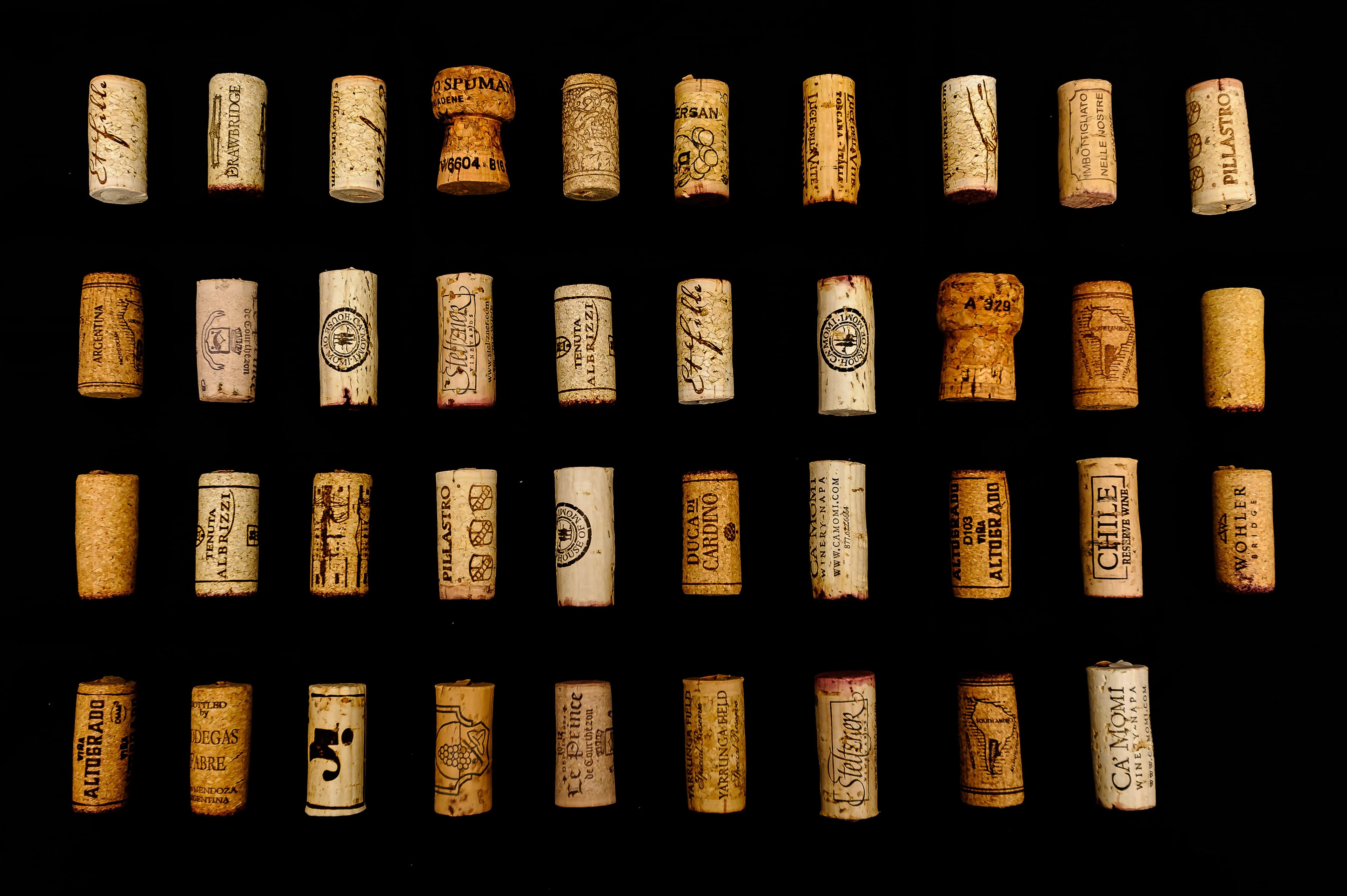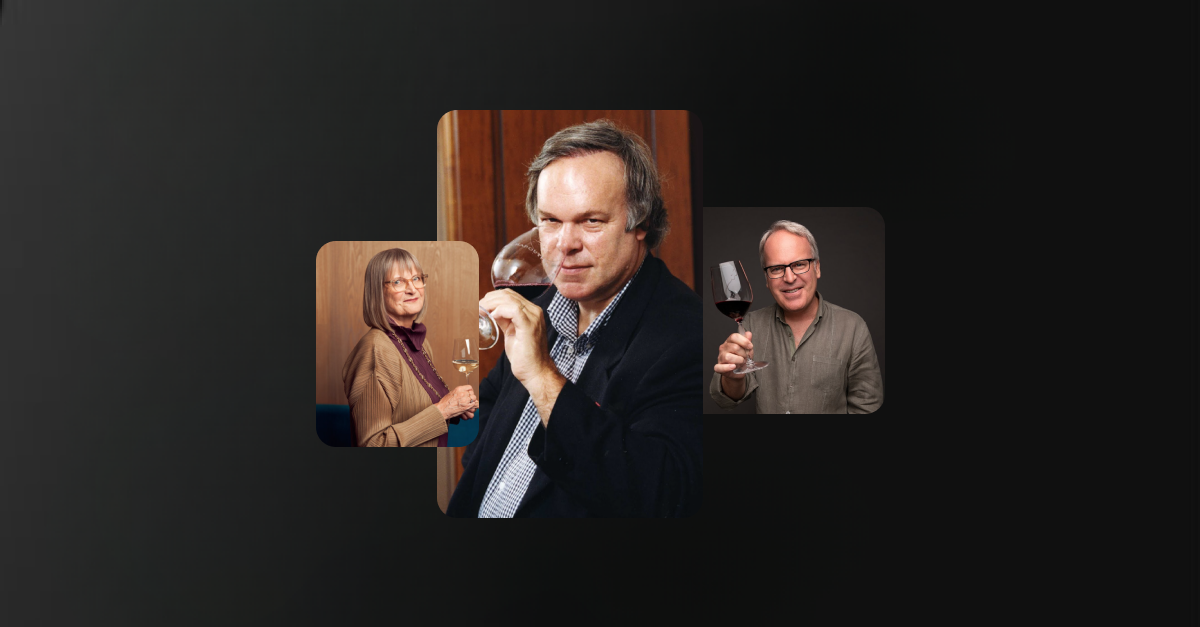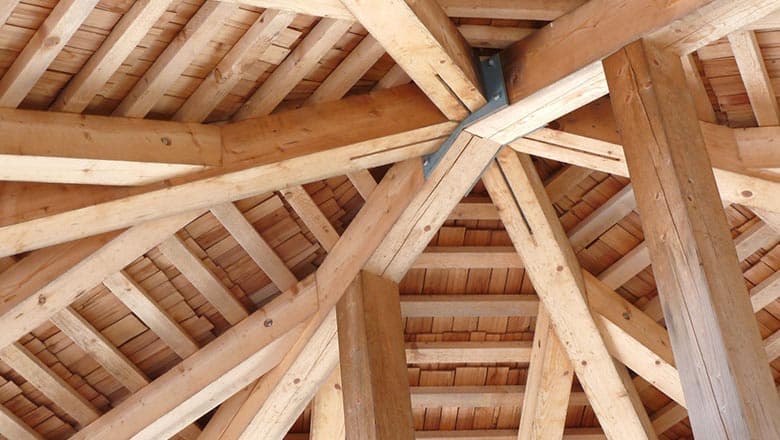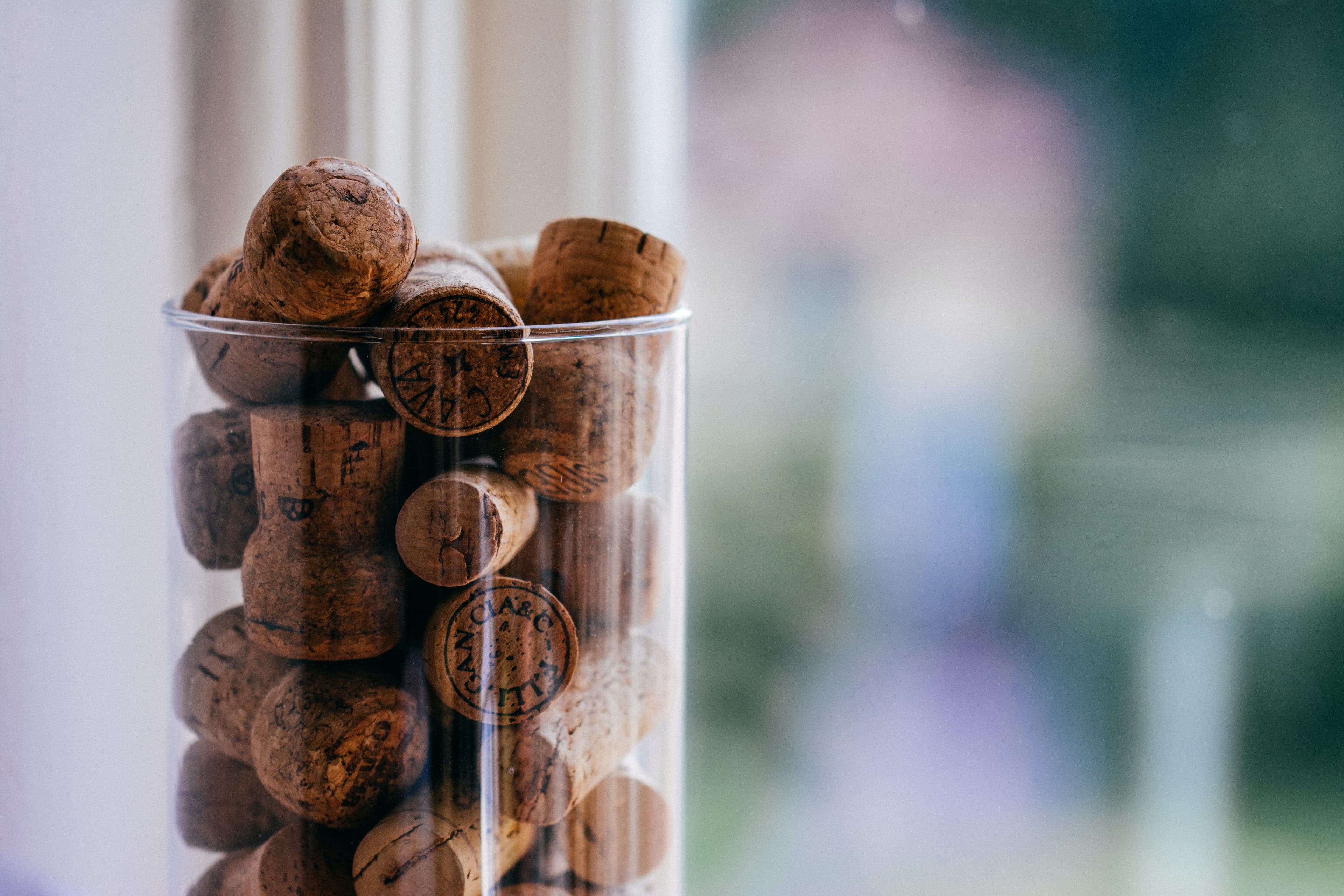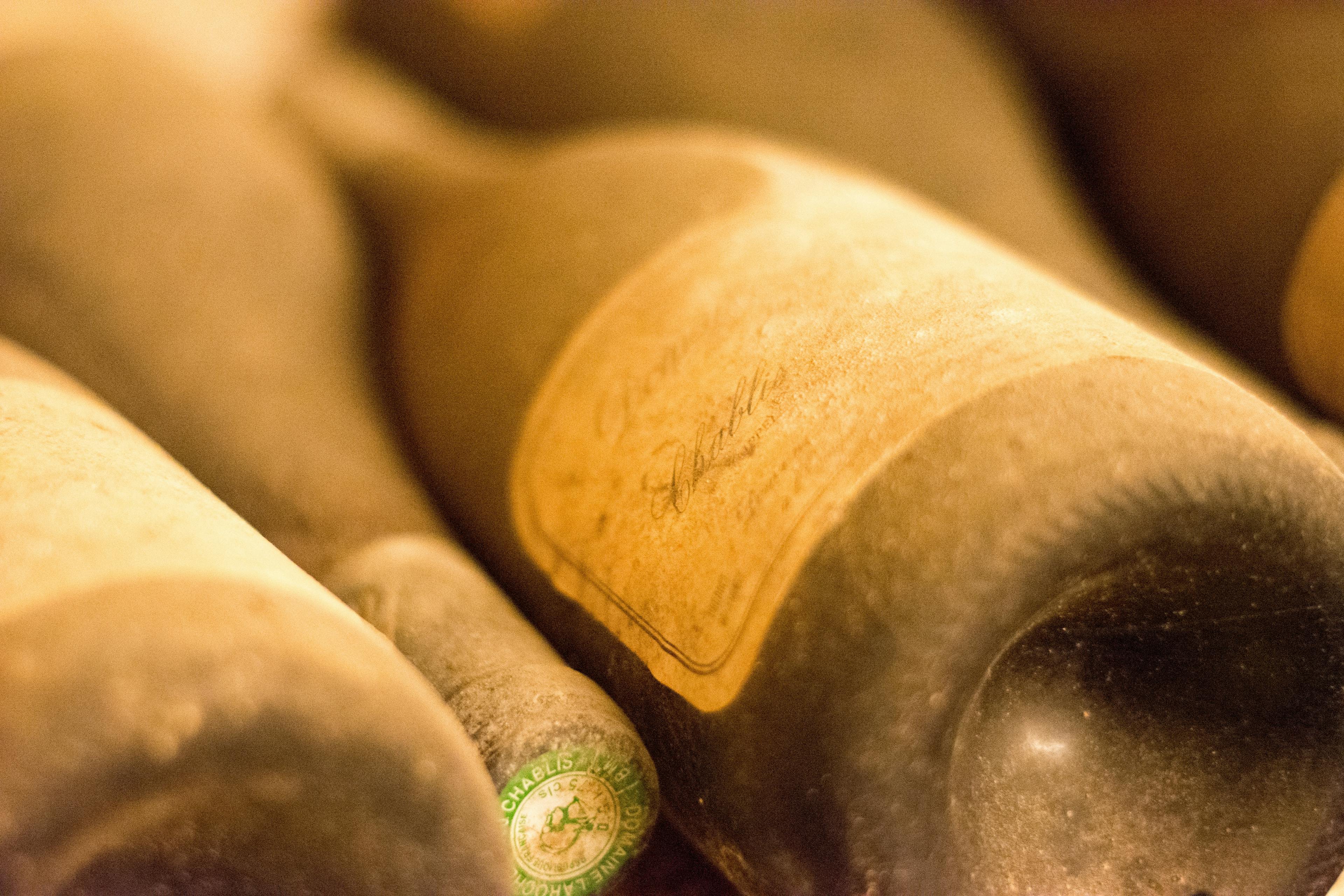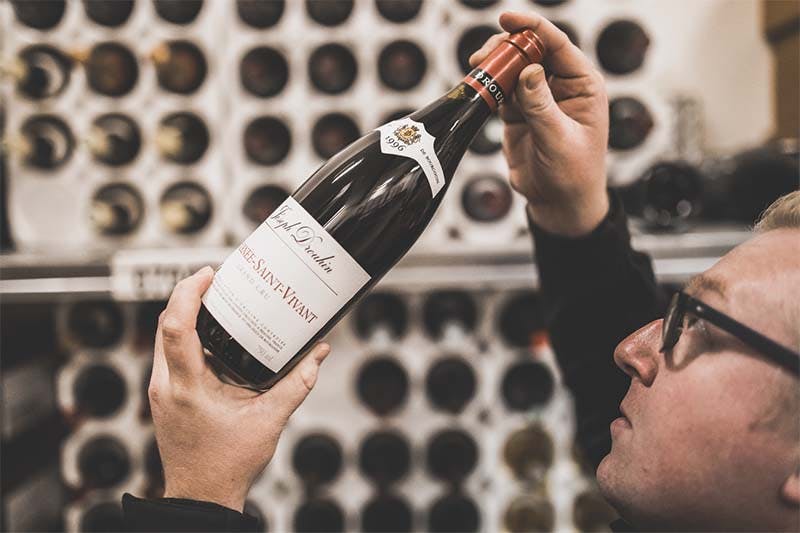
Château Lafite Rothschild, a name synonymous with luxury and quality in the wine world, offers a taste experience that is both complex and revered. This prestigious wine estate, located in the Pauillac region of Bordeaux, France, has been producing some of the world's most sought-after wines for centuries. The taste of Château Lafite Rothschild is characterized by its exquisite balance of depth and elegance, featuring layers of aromatic complexity that evolve with age. In this article, we delve into the sensory journey provided by this iconic wine, exploring its flavor profile, aging potential, and the meticulous craftsmanship behind each bottle.
Profile of a Classic Lafite: Key Flavor Notes
Château Lafite Rothschild, a premier name in the wine world, is renowned for its complex flavor profile that evolves beautifully over time. When tasting a classic Lafite, several key notes are distinctly prominent, making each sip a memorable experience. Initially, the palate is greeted with vibrant hints of dark cherries and blackcurrants, which are typical of a high-quality Bordeaux. These fruity elements are seamlessly integrated with subtle undertones of vanilla and sweet spices, thanks to the meticulous aging process in oak barrels.
Moreover, as the wine opens up, there are elegant floral notes of violets and a slight touch of cedar, adding to its sophistication. Earthy tones like graphite and a hint of leather also become more pronounced, providing a perfect balance to the initial sweetness. For those looking to store their bottle of Lafite, ensuring a proper environment is crucial to maintain these delicate flavors. The finish of Lafite is particularly noteworthy, often lingering with a silky, smooth texture that leaves a lasting impression. Each of these characteristics contributes to the storied reputation of Château Lafite Rothschild, making it a coveted choice for collectors and enthusiasts alike.
The Evolution of Taste in the Glass
The evolution of taste in a glass of Château Lafite Rothschild is a journey through time and tradition. As the wine breathes, its character unfolds, revealing layers of complexity. Initially, one might detect a robust aroma of dark fruits like blackberry and cherry. As minutes pass, subtler notes of cedar and spices begin to surface, enhancing the bouquet.
Initial Sip: Upon the first taste, the wine's rich tannins and acidity are prominent, providing a strong backbone that promises aging potential.
Mid-Palate: As the wine moves across the palate, it softens slightly, allowing flavors of leather and earthy undertones to emerge.
Finish: The finish is long and lingering, with hints of vanilla and toasted oak that speak to its time spent in barrels.
For those enjoying Château Lafite Rothschild, it's advisable to decant the wine for at least an hour before serving. This practice helps to aerate the wine, smoothing out the flavors and bringing balance to its powerful structure. Each sip reveals a new facet of its personality, making the experience uniquely rewarding.
Impact of the Terroir on Lafite's Flavor
The terroir of Château Lafite Rothschild plays a crucial role in shaping the unique flavors and aromas of its wines. Situated in the Pauillac appellation of Bordeaux, the estate benefits from a mix of gravel, sandstone, and limestone soils. These elements contribute to the optimal drainage and mineral richness that are so characteristic of Lafite's wines.
Soil Composition: The gravel ensures good water drainage, preventing the vines from becoming waterlogged, which can dilute flavors. Meanwhile, limestone helps in retaining moisture during dry periods, aiding vine stress and concentrating the flavors in the grapes.
Climate Influence: Pauillac enjoys a moderately warm climate, which is ideal for slowly ripening the grapes. This slow maturation allows for the development of complex flavors and tannins, which are evident in the popular vintages.
Traditional Techniques: The estate's adherence to traditional winemaking methods, including hand-picking and manual sorting of grapes, ensures that only the best quality fruit is used, preserving the distinctiveness imparted by the terroir.
Each of these factors combines to create wines that are not only rich and luxurious but also reflect the essence of their origin.
Age Influence: Young vs. Mature Lafite
Exploring the characteristics of Château Lafite Rothschild reveals how age significantly impacts its flavor profile. Young Lafite typically presents vibrant, fresh fruit flavors with hints of black cherry and cassis, accompanied by a robust tannic structure. These tannins lend a certain astringency, which gradually softens as the wine matures.
Mature bottles, on the other hand, offer a more complex and nuanced experience. Over time, the initial notes of fresh fruit evolve into deeper, richer aromas of truffle, leather, and tobacco. This aging process enhances the wine’s bouquet, providing a smoother palate that balances the tannins with subtle acidity.
Young Lafite: Fresh, vibrant, strong tannins
Mature Lafite: Complex, smooth, richly aromatic
Wine enthusiasts often note that while young Lafite can be enjoyed for its energy and potential, mature vintages are prized for their refined elegance and layered complexity. Each stage of Lafite’s development brings its own unique pleasures and insights into the art of fine winemaking.
The Bouquet: Identifying Aromas
The bouquet of Château Lafite Rothschild is a complex symphony of aromas that evolves beautifully with age. When identifying the scents, enthusiasts often note a rich tapestry of blackcurrant, cedar, and hints of vanilla, indicative of its luxurious aging process in oak barrels. As the wine matures, subtler notes such as graphite and cherry begin to emerge, enhancing its depth and character.
Blackcurrant: This primary aroma is often vivid in younger vintages, giving a fresh, fruity essence that is unmistakably bold.
Cedar: Imbued during the aging process, this scent adds a woody, spicy layer that complements the natural fruitiness.
Vanilla: A result of oak barrel aging, vanilla tones provide a sweet, creamy backdrop that balances the robust flavors.
Graphite: Typically detected in older vintages, it lends a mineral sharpness that highlights the wine’s complexity.
Cherry: Emerging over time, this aroma adds a touch of softness and rounds out the bouquet.
For more detailed facts about Château Lafite Rothschild, exploring its rich history and production can provide deeper insight into why its flavors are so revered.
Balance of Acidity and Tannins
The craftsmanship behind Château Lafite Rothschild plays a pivotal role in achieving the perfect balance of acidity and tannins, which is essential for the wine's elegant structure and aging potential. This balance is not only a hallmark of quality but also a testament to the meticulous processes involved in winemaking at the estate.
Acidity: This component is crucial for the freshness and vibrancy of the wine. It acts as a backbone, providing structure and enabling the wine to age gracefully. The careful management of vineyard practices ensures that the grapes achieve optimal acidity levels before harvest.
Tannins: Derived primarily from the skins, seeds, and stems of grapes, as well as from oak barrels used in aging, tannins contribute to the complex texture and mouthfeel of the wine. The winemakers at Lafite Rothschild expertly control the extraction of tannins during the fermentation and maceration processes to ensure they complement, rather than overpower, the wine's natural flavors.
Integration: Achieving a harmonious integration of acidity and tannins is key to the wine's overall balance. This requires precise timing and a deep understanding of how these elements evolve during fermentation, aging, and bottling. The result is a wine that expresses both robustness and delicacy, capable of long-term development.
The Finish: What Lingers After a Sip?
The finish of Château Lafite Rothschild is renowned for its remarkable complexity and length, leaving a lasting impression that invites contemplation and enjoyment. As the flavors linger, notes of dark cherry, tobacco, and cedar are prominent, often accompanied by a subtle hint of vanilla and spices. This enduring finish makes it an excellent candidate for various food pairings, enhancing the experience of both the wine and the accompanying dish.
Cheese Selections: Aged cheeses like Gouda or Manchego align beautifully with the wine’s tannic structure and complex profile.
Red Meats: The classic pairing of red meat, particularly lamb or beef, complements the robust flavors and helps in accentuating the wine’s deep fruit notes.
Chocolate Desserts: For those with a sweet tooth, dark chocolate provides a rich contrast to the wine’s dry finish, creating a balanced and indulgent pairing.
Grilled Vegetables: Earthy vegetables such as mushrooms or eggplant can mirror the wine’s woody undertones, enhancing the overall savoriness.
Comparing Different Vintages by Taste
When exploring the nuances of Château Lafite Rothschild, it's fascinating to compare how different vintages express their unique characteristics through taste. Each year's climate and vineyard conditions heavily influence the flavor profiles, making every vintage a distinct experience.
1982 Vintage: Renowned for its rich, full-bodied texture, this vintage offers a complex bouquet of black currants and cedar, with a velvety finish that lingers on the palate.
1990 Vintage: This year produced a more fruit-forward wine, characterized by vibrant cherry and vanilla notes, balanced with tannins that have softened beautifully over time.
2000 Vintage: Marked by its structured composition, the 2000 vintage showcases robust flavors of dark fruit and hints of spice, culminating in a remarkably elegant finish.
2010 Vintage: A relatively recent year that is still maturing, it presents a fresher profile with prominent floral and berry undertones, supported by a firm tannic backbone.
Each vintage of Château Lafite Rothschild offers a unique exploration into the art of fine winemaking, reflecting both the challenges and triumphs of its respective year.
The Influence of the Barrel Aging Process
The influence of the barrel aging process on Château Lafite Rothschild is profound, impacting both the flavor profile and the overall quality of the wine. This prestigious wine undergoes a meticulous aging process in oak barrels, which contributes significantly to its complexity and character. During this period, the wine develops a harmonious integration of tannins and a subtle complexity that is highly prized among connoisseurs.
Flavor Enhancement: Oak barrels impart a range of flavors, including vanilla, spice, and hints of toasted bread. These nuances are delicately infused into the wine, enhancing its natural flavors without overpowering them.
Tannin Softening: As the wine ages, the harsh tannins mellow out, resulting in a smoother, more palatable drink. This softening process is crucial for achieving the silky texture that Château Lafite Rothschild is known for.
Oxidation Control: The barrels allow for a very controlled amount of oxygen exposure. This controlled oxidation is essential for the wine to develop a balanced structure and to stabilize its color.
For more detailed insights, you can explore the history of Château Lafite Rothschild and how these traditional practices have been honed over centuries.
Sensory Experience: Texture and Mouthfeel
Château Lafite Rothschild, a premier name in the wine industry, offers a sensory experience that is both unique and memorable. The texture of this esteemed wine is often described as velvety, a testament to its well-integrated tannins that provide a silky smoothness on the palate. This sensation is further enhanced by the wine's body, which can range from medium to full, depending on the vintage. Such a body ensures that each sip feels substantial without being overly heavy.
The mouthfeel of Château Lafite Rothschild is equally noteworthy. It typically presents a roundness that complements its structured texture, making the wine seem balanced and harmonious. As the wine dances across the tongue, it leaves a complex array of sensations, from a slight astringency that teases the edges of the mouth to a creamy richness that coats the palate pleasantly. This multifaceted mouthfeel is a key factor in the wine's long, lingering finish, which continues to evolve and delight even minutes after the wine has been tasted.
Conclusion
In exploring the distinctive taste profile of Château Lafite Rothschild, we've delved into its rich tapestry of flavors and aromas that make it one of the most sought-after wines in the world. From its deep, complex bouquet of dark fruits and subtle hints of earth and oak to its elegant, structured palate that evolves with age, Lafite Rothschild is truly a testament to the art of fine winemaking.
For enthusiasts and collectors alike, the allure of such a prestigious wine goes beyond its sensory appeal. The opportunity to own, store, and potentially resell a bottle of Château Lafite Rothschild adds an exciting dimension to the wine experience. At Rekolt, we understand the importance of not only enjoying the exquisite taste of fine wines but also the practical aspects of collecting and investing in them. That's why we offer specialized services like professional cellar storage and a seamless platform for trading and reselling fine wines.
By choosing Rekolt, you ensure that your investment is preserved in optimal conditions, enhancing its longevity and, potentially, its value over time. Whether you're a seasoned collector or a newcomer to the world of fine wines, our marketplace provides the perfect blend of enjoyment and investment. With Rekolt, you can savor the exceptional taste of Château Lafite Rothschild today, while securing a valuable asset for the future.
Share this article
